Description
Stainless Steel Nitrous Jets
Induction Solutions Stainless Steel Nitrous Jets in sizes from .014 to .120
Our jets can be purchased by bulk where we just grab them out of the bin and make sure they are the correct number OR you can purchase them pinned and matched where we pin each jet and make sure the champer matches for each jet.
JET PRICES ARE PER UNIT
Some items may be slightly different in color than what shows in the picture.
About Nitrous Power and the use of Nitrous Jets:
Identification
Cars with nitrous-equipped engines can be identified by the “purge” of the delivery system. Most drivers perform this prior to reaching the starting line. A separate electrically operated valve will then release air and gaseous nitrous oxide trapped in the delivery system. This brings liquid nitrous oxide through the plumbing from the storage tank to the solenoid valve or valves. It will then get a release into the engine’s intake tract. During purge activation, one or more plumes of nitrous oxide will be visible for a moment. This happens as the liquid flashes to vapor as it is released. The nitrous purge is to ensure the correct amount of nitrous oxide. As fuel and nitrous jets are of a size to produce correct air / fuel ratios, and as liquid nitrous is denser than gaseous nitrous, any nitrous vapor in the lines will cause the car to “bog.”
Types of nitrous systems (Requiring Nitrous Jets)
There are two main categories of nitrous systems: dry & wet. A nitrous system is primarily concerned with introducing fuel and nitrous into the engine’s cylinders. Its job is to combine them for more efficient combustion. There are four main sub types of wet system: single point, direct port, plate, and plenum bar all of which are just slightly different methods of discharging nitrous into the plenums of the intake manifold.
Dry In a dry nitrous system, extra fuel uses fuel injectors, keeping the manifold dry of fuel. This property is what gives the dry system its name. An increase of fuel flow can happen either by increasing the pressure in the fuel injection system, or by modifying the vehicle’s computer to increase the time the fuel injectors remain open during the engine cycle. This is typically done by spraying nitrous past the mass airflow sensor (MAF), which will then send a signal to the vehicle’s computer telling it that it sees colder denser air, and that more fuel is in need. This is typically not an exact method of adding fuel. Once you introduce additional fuel, it can burn with the extra oxygen from the nitrous, providing additional power.
Dry nitrous systems rely on a single type nozzle that only sprays nitrous through it, not nitrous and fuel. These nitrous nozzles generally spray in a 90 degree pattern.
Wet single-point
A wet single-point nitrous system introduces the fuel and nitrous together, causing the upper intake manifold to become wet with fuel. In carbureted applications, this is typically accomplished with a spraybar plate mounted between the carburetor base and the intake manifold, while cars fitted with electronic fuel injection often use a plate mounted between the manifold and the base of the throttle body, or a single nozzle mounted in the intake tract. However, most makes of nitrous systems combined with unsuitable intake designs, often result in distribution problems and/or intake backfires.
Dry-flow intakes contain only air, which will travel through smaller pipes and tighter turns with less pressure. Wet-flow intakes contain a mixture of fuel and air. Wet nitrous systems tend to produce more power than dry systems, but in some cases can be more expensive and difficult to install. This is due to the process of discovering, cutting, and tapping into the fuel delivery line, many of which are at high pressure (20-80PSI.)
A wet nozzle takes in nitrous and fuel through a meter, by jets, to create a perfect or proper air-fuel ratio. Proper atomization of the fuel and nitrous will ensure consistent power gains.
See Also “Jet Packs“

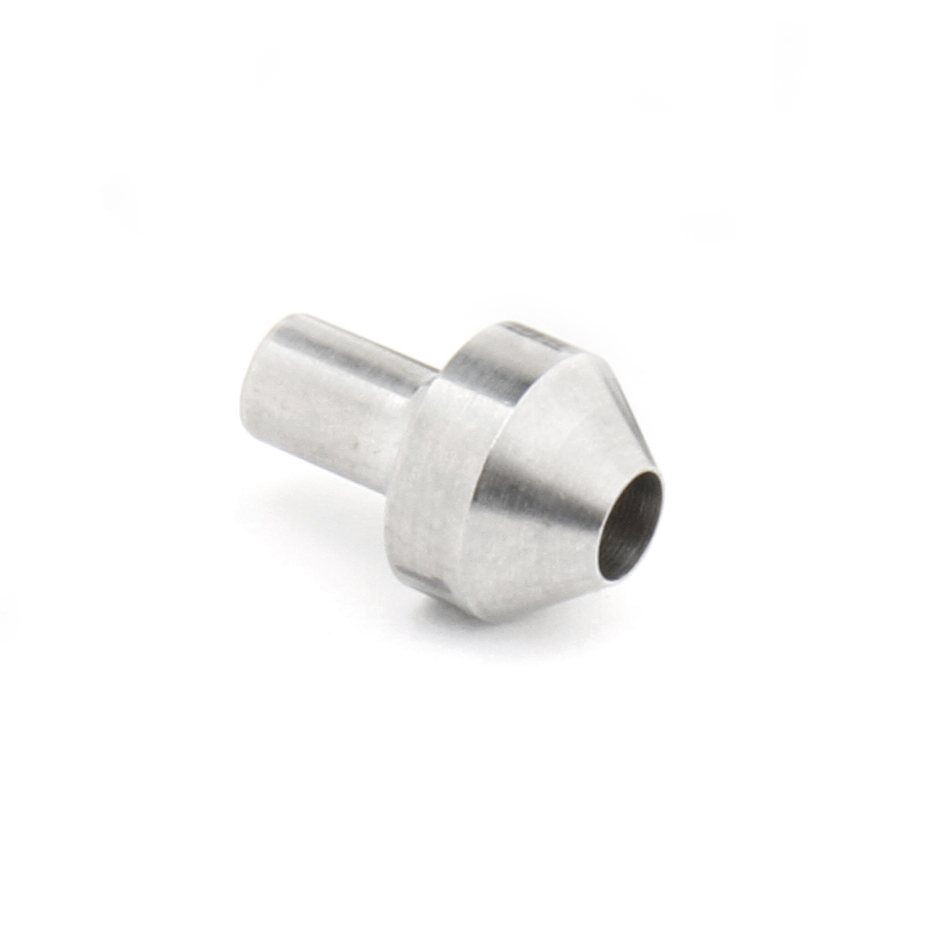

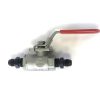
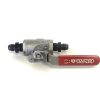
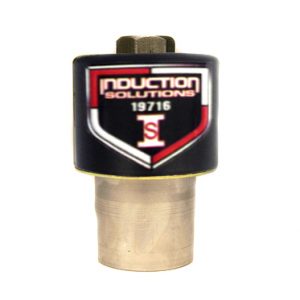
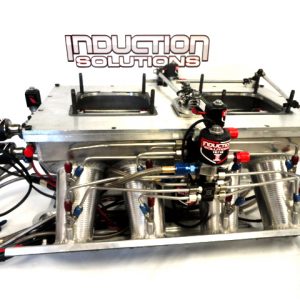
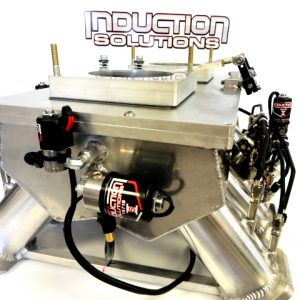
Reviews
There are no reviews yet.